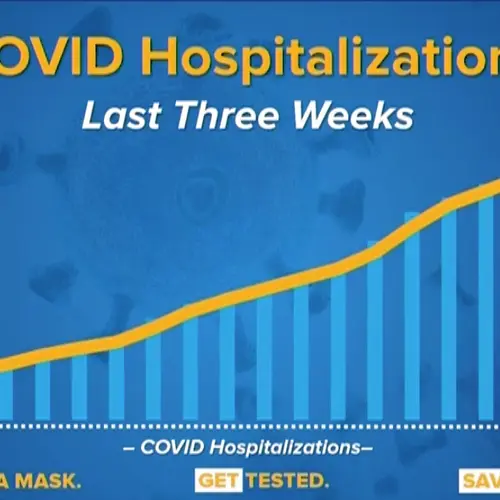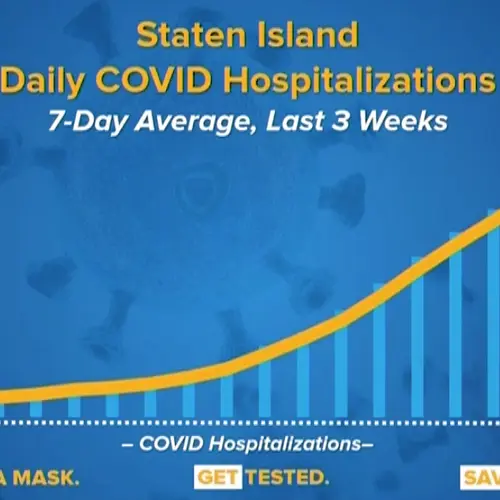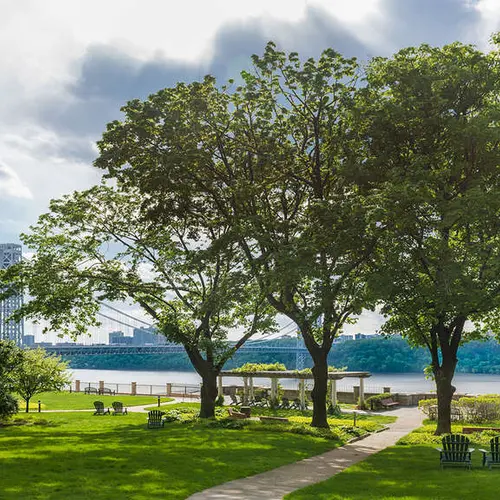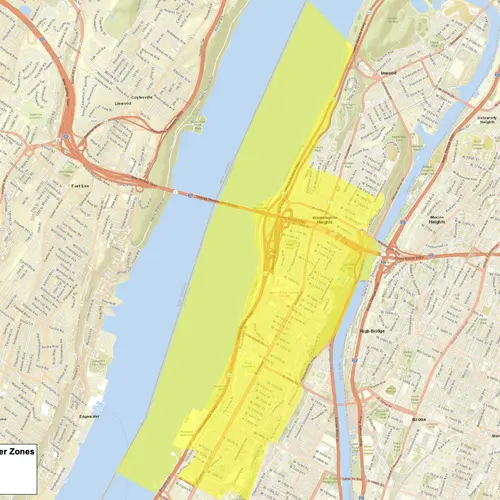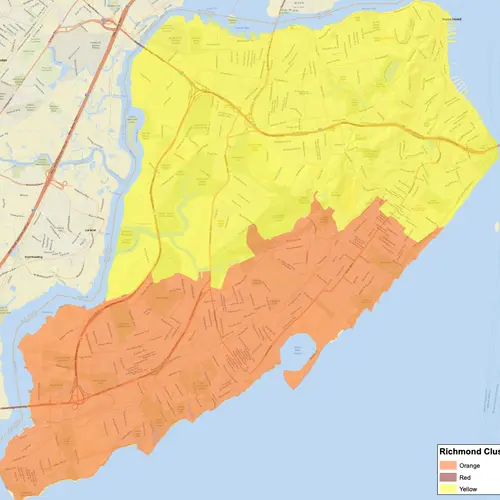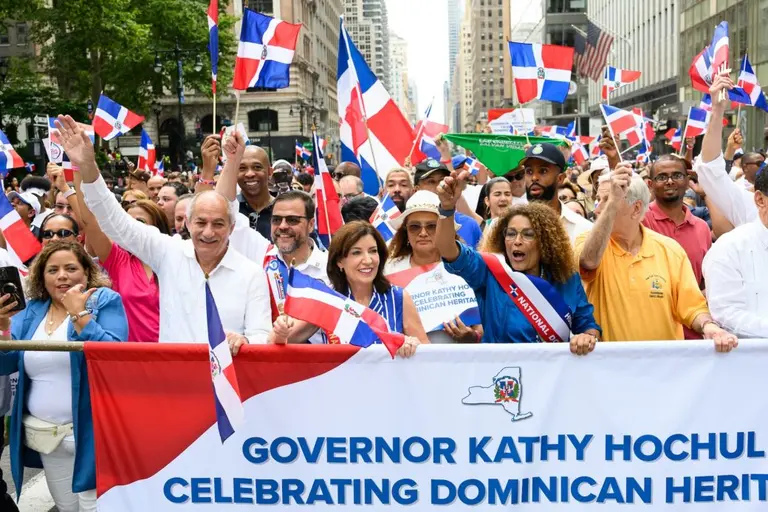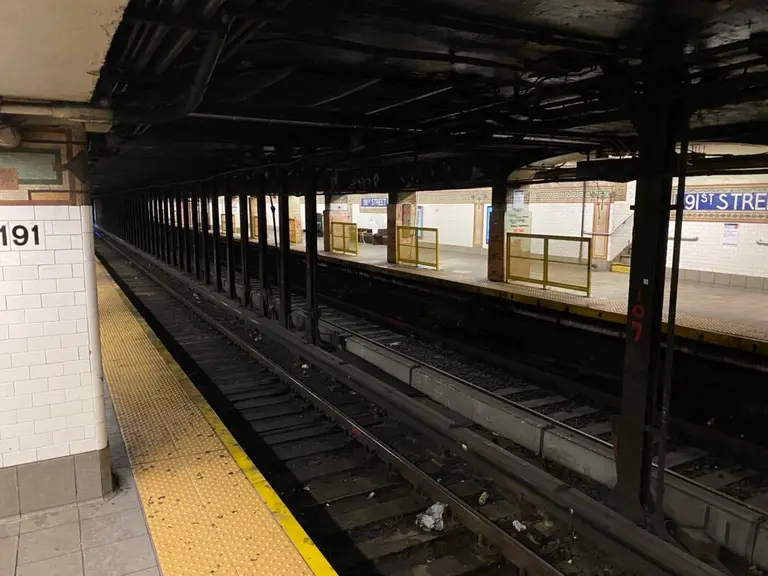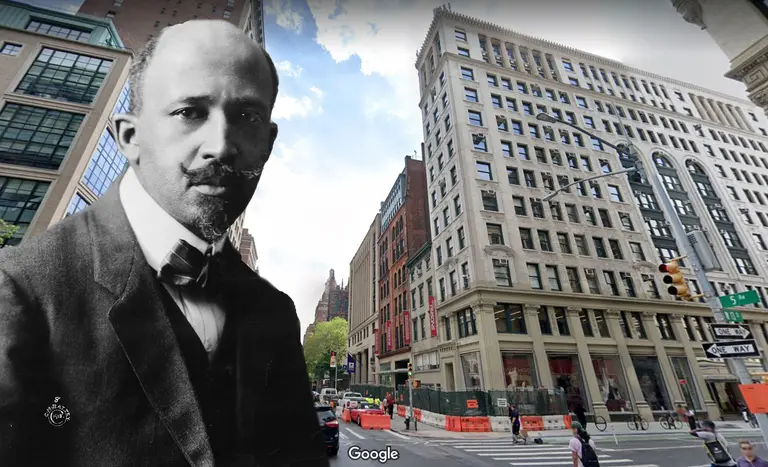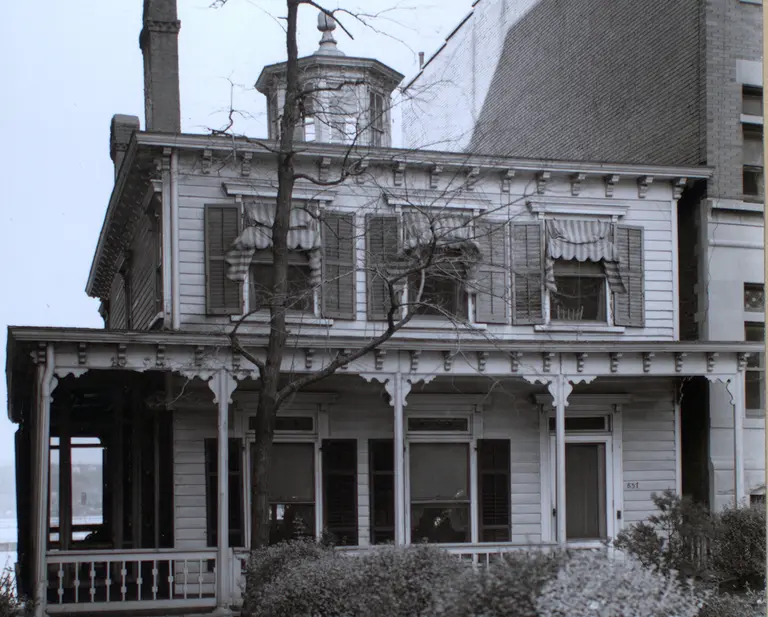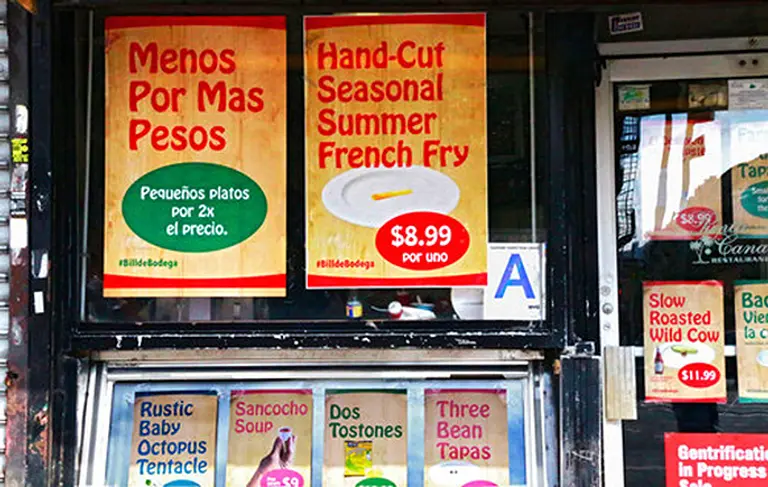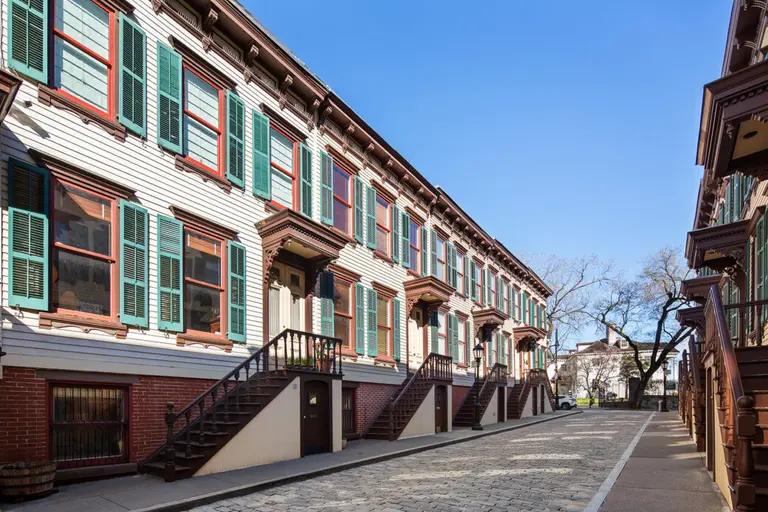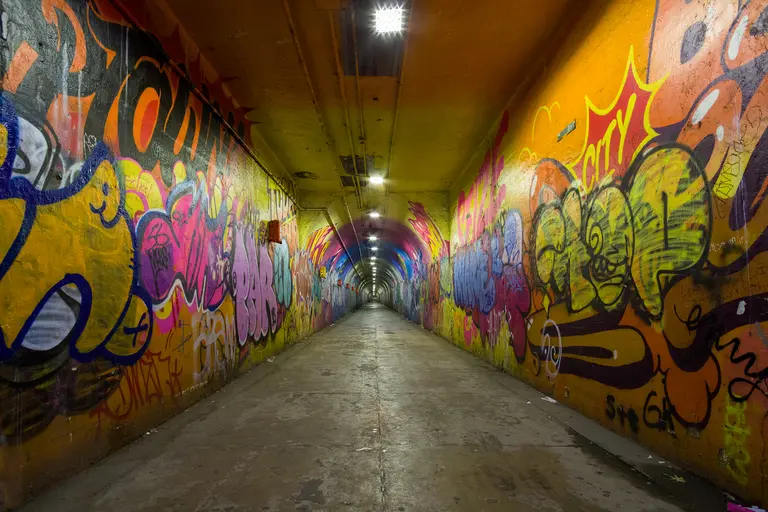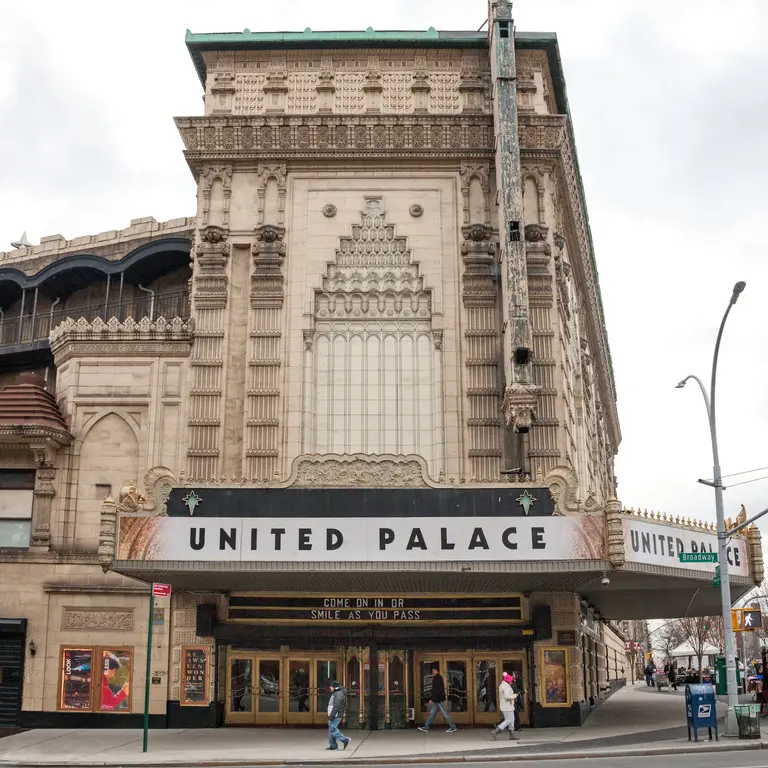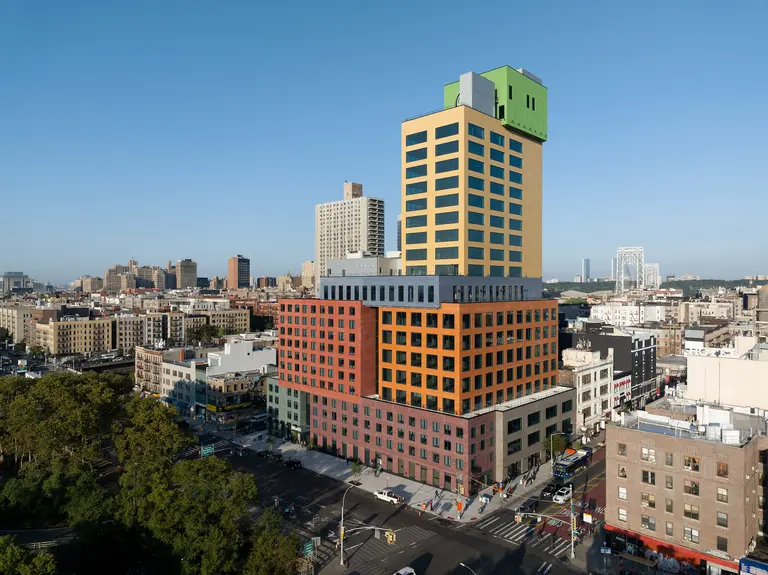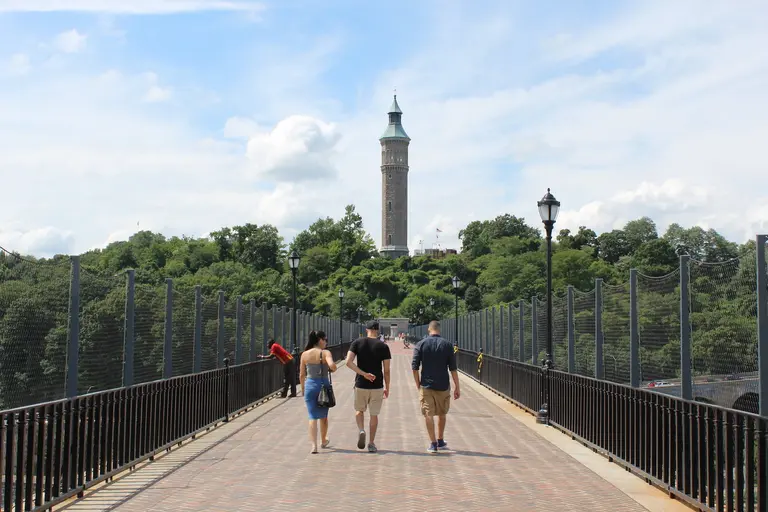Washington Heights will become first COVID micro-cluster zone in Manhattan
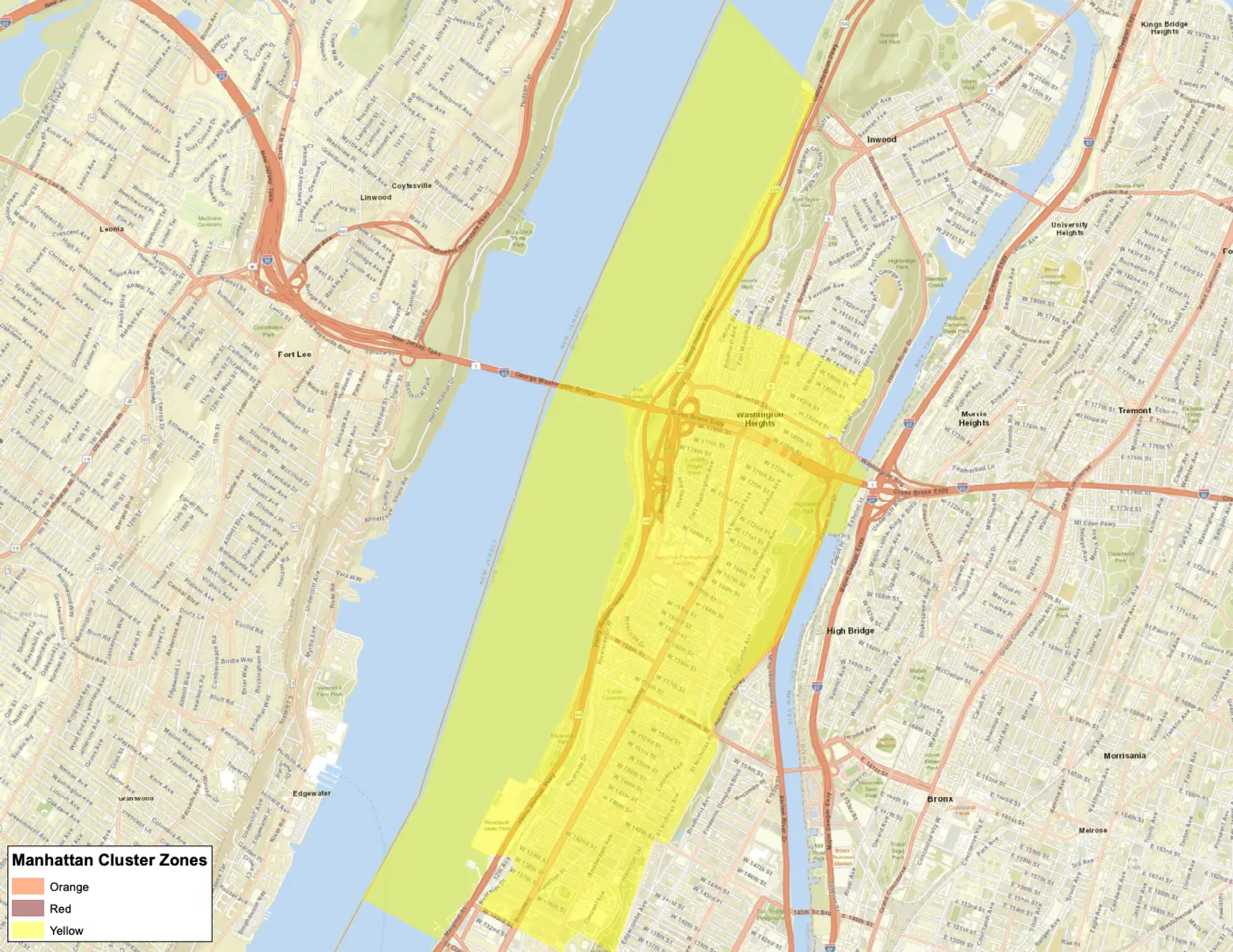
Map courtesy of the Governor’s Office
Since last week, many New Yorkers have been anticipating an announcement that the entire city will become an orange zone. This has been avoided at least for another day, but Governor Cuomo did announce that Washington Heights will become a precautionary yellow zone, hitting a 3.30% positivity rate. This is the first micro-cluster zone in Manhattan and the fifth and final borough to join this map. The governor also announced a dire situation on Staten Island in which an emergency overflow facility for COVID patients will open at South Beach.
An area within New York City becomes a yellow zone if its positivity rate hits 2.5%. For the rest of the state, it’s 3-4%. The regulations are as follows:
- 50% capacity for houses of worship
- 25 people maximum for mass gatherings
- Businesses remain open
- 4 person max per table for indoor and outdoor dining
- Schools remain open with mandatory 20% testing
As for schools, however, New York City preemptively closed them last week. The city had set a threshold of 3% on a seven-day rolling average to keep schools open, and according to their data, they hit this last week.
If the micro-cluster zone decisions were based on the city’s data, which puts the positivity rate at 3.06% on a seven-day average and 2.95% as of today, the entire city would have become an orange zone. However, as the New York Times explained, the state and city’s health departments rely on different data to arrive at their numbers. “The state treats a new case as arising on the day the test results came in. The city dates each new case to the day the sample was provided,” they explain. Further, the state includes antigen (rapid) tests in its metrics, while the city does not. At the end of the day, though, all micro-cluster decisions are made by the state.
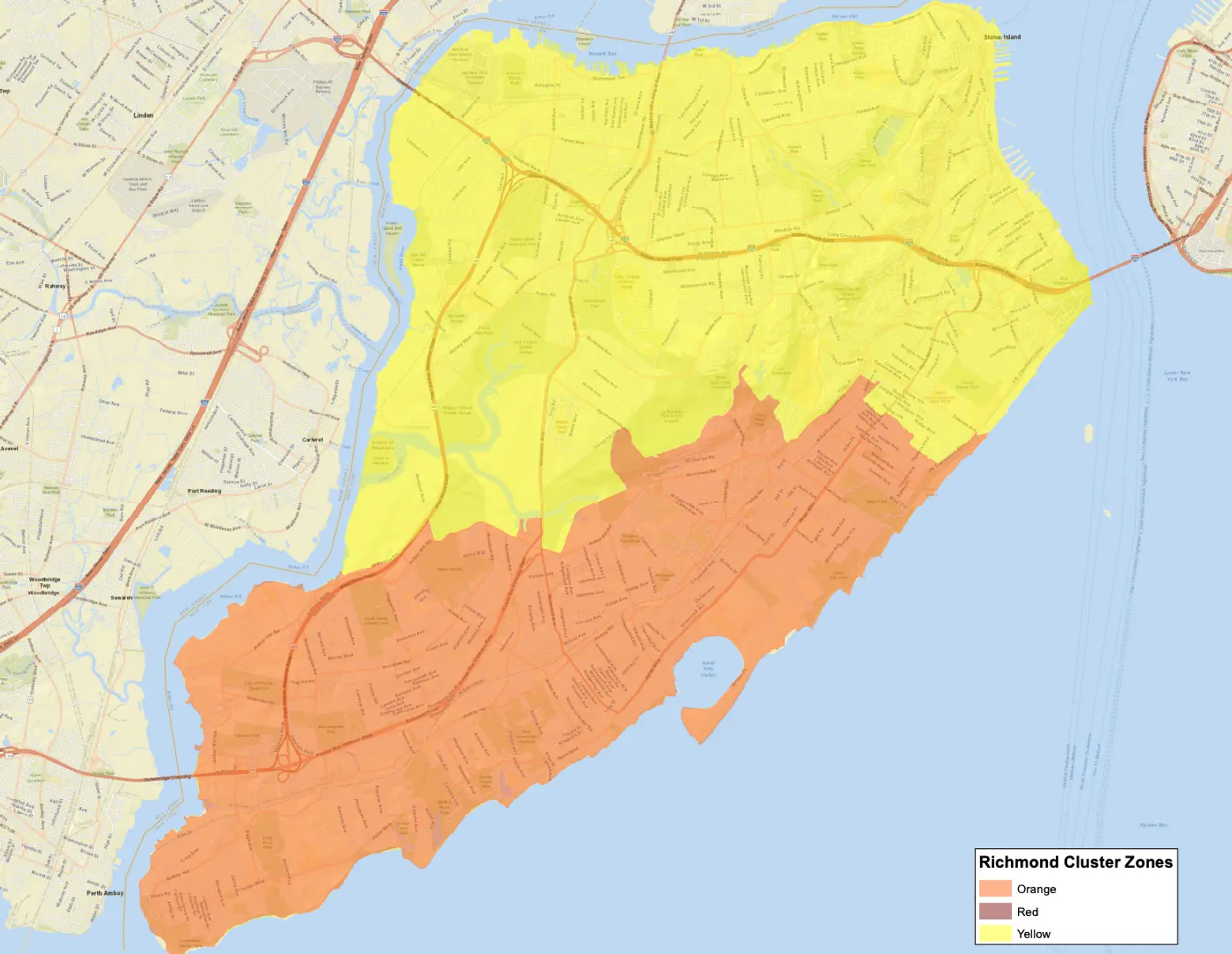 Map courtesy of the Governor’s Office
Map courtesy of the Governor’s Office
According to the state’s data, Washington Heights has the highest COVID rate in Manhattan at 3.30%. But these numbers are not the highest in the city by a stretch. Staten Island is seeing a major surge. The borough’s positivity rates are as follows:
- Tottenville: 5.89%
- Bay Terrace: 5.50%
- Great Kills: 5.45%
- Elm Park: 5.02%
- Annandale: 4.81%
- Pleasant Plains: 4.64%
- Mariners Harbor: 4.59%
- Dongan Hills: 4.53%
- Todt Hill: 3.79%
- West Brighton: 3.46%
To handle the increase in hospitalizations on Staten Island, the South Beach Psychiatric Center will become an emergency COVID hospital. This is the same facility that was used during the pandemic’s height in the spring. The southern part of Staten Island will become an orange zone, while the remaining part of the borough will be a yellow zone.
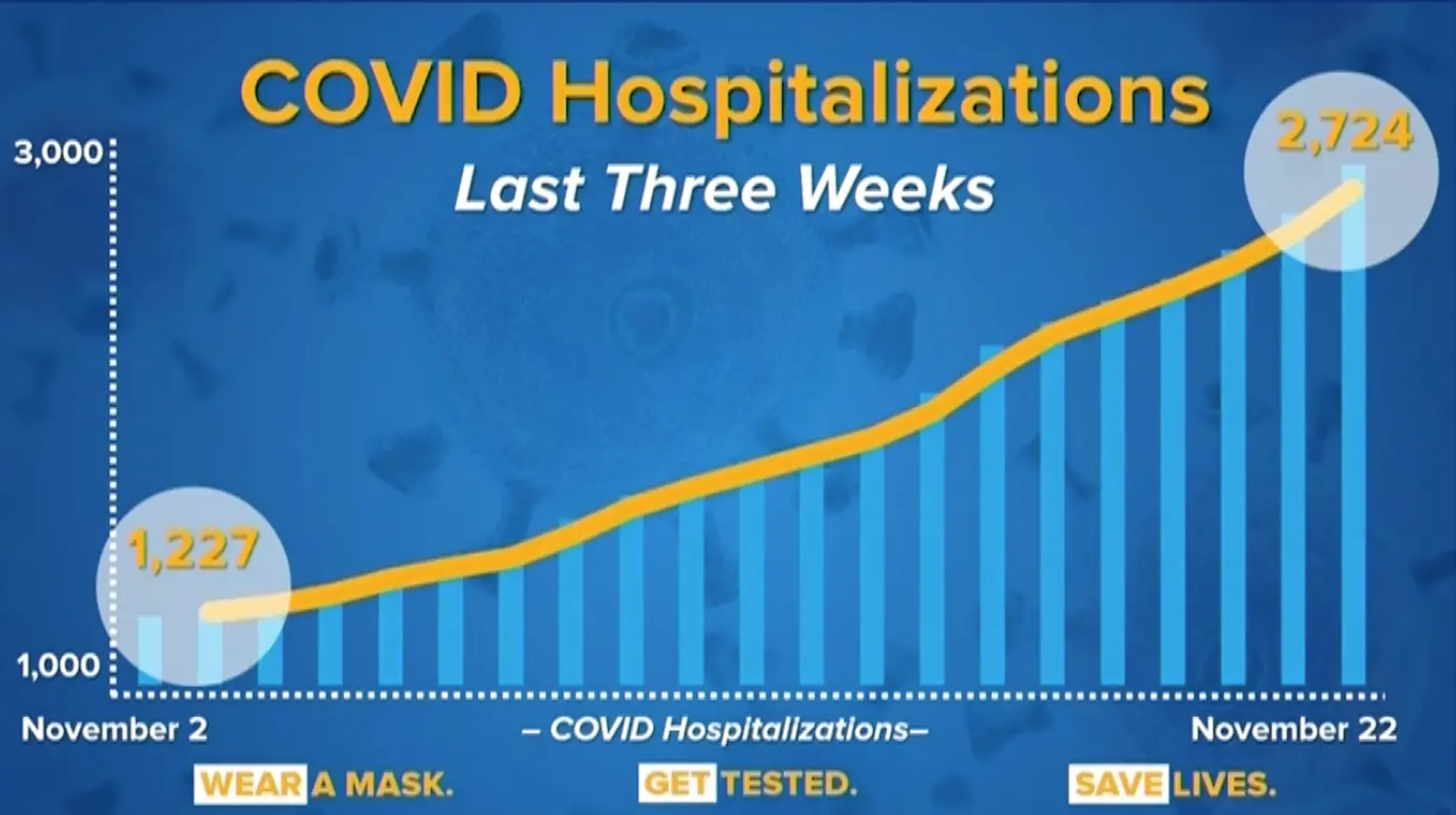
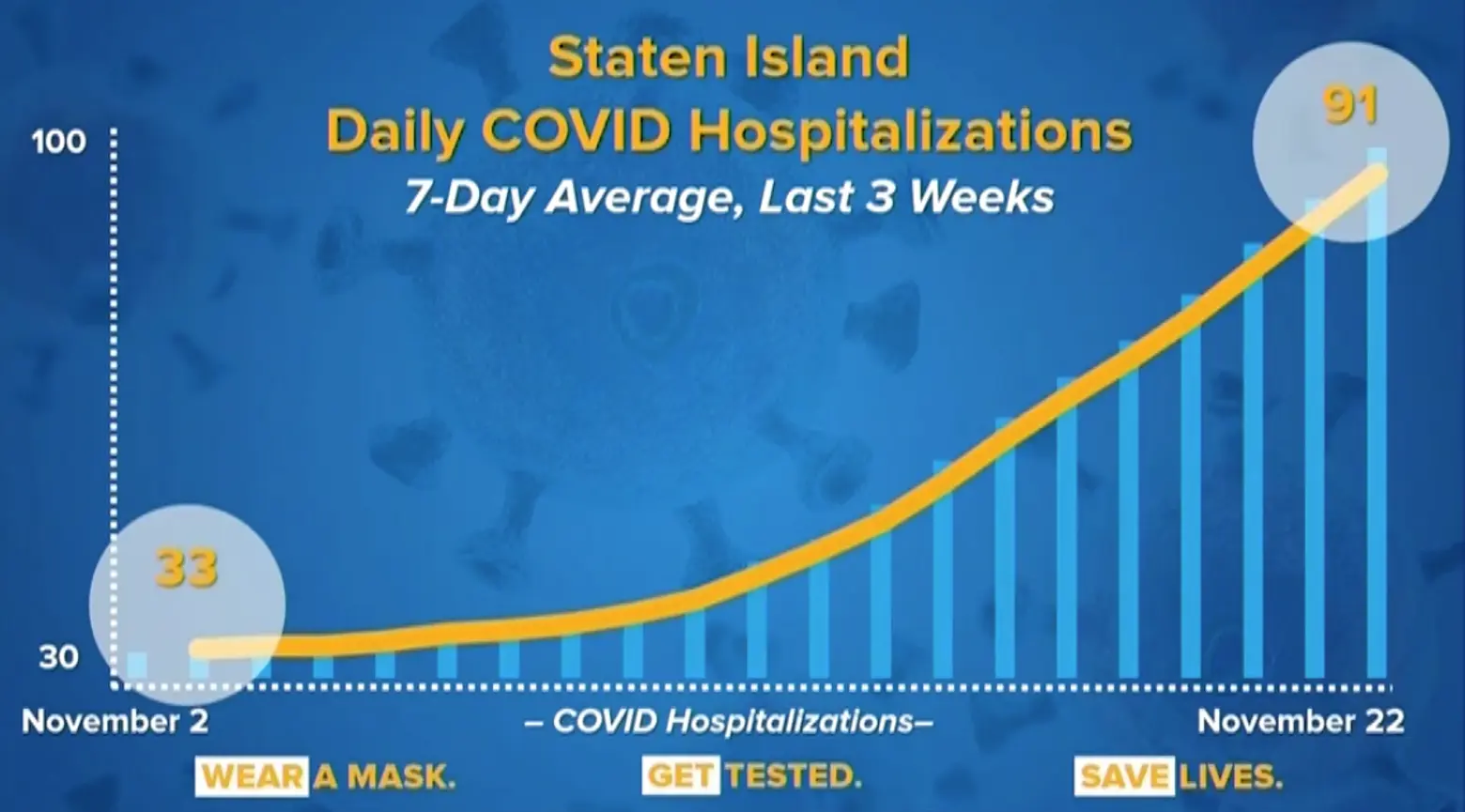
Screenshots of Governor Cuomo’s November 23, 2020 presentation
Overall, the state’s positivity rates are as follows:
- Positivity in micro-cluster zones: 4.48%
- Statewide positivity without micro-cluster zones: 2.73%
- Statewide positivity with micro-cluster zones: 3.08%
Hospitalizations, though, are on the rise. Statewide, there are 2,724 people currently hospitalized from COVID, an increase of 162 from yesterday. There are 545 New Yorkers in the ICU (up 43) and 249 people intubated (up 15). If this trajectory continues, the governor warned, the state will have 6,047 hospitalizations three weeks from now.
“We are in a place now where there is a bad synergy — a sense of COVID fatigue. Yes, we’re only at 3 percent and only Vermont, Maine, and Hawaii are lower than us, but that can change in an instant and we must remember how we got here,” Governor Cuomo said.
The zone changes go into effect Wednesday for businesses, Thursday for schools.
RELATED:
